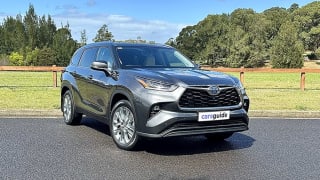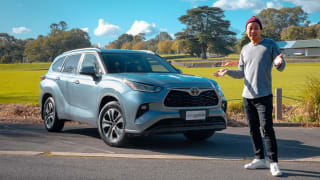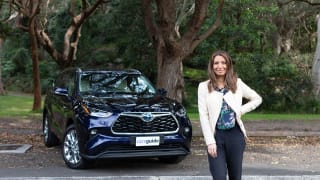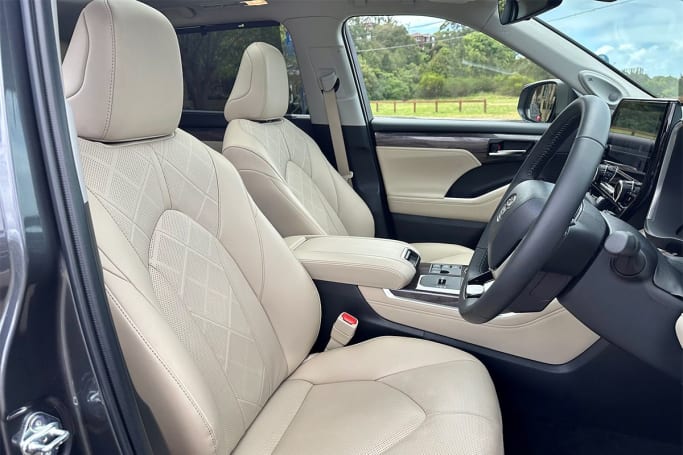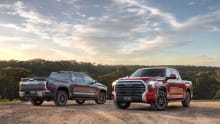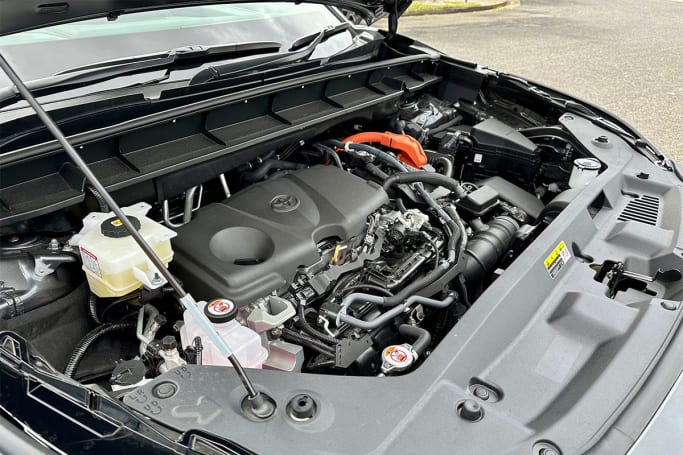Of all the technology you’re considering right now, the only one that sounds any real alarm bells is that of the double-clutch transmission. It’s not that Kia’s version of the DCT is worse than many others – nor is it the worst of the lot – but there have been complaints over the operation and lifespan of these units generally. Sometimes the fault is a software glitch, but in other DCTs – particularly the dry-clutch variety – the problems are mechanical and can lead to catastrophic failures.
With that said, it’s also true that Kia in Australia offers a fantastic factory warranty, so you should have no worries for at least the first seven years. It’s also the case that Kia Australia takes its reputation very seriously and is one of the better companies when it comes to sorting out faults and problems with its products. We’re pretty big fans here at Carsguide of the current Toyota hybrid technology, and it’s looking like the new Kluger Hybrid will be just as popular as Toyota’s other hybrid offerings. Perhaps more so as the non-hybrid Kluger can be thirsty.
As for the requirement for premium ULP, when you consider that the Kluger Hybrid will, around the city and suburbs where most of them will spend the vast majority of their lives, use about two thirds of the fuel of the V6 Kluger (maybe even a bit less than that) then the extra cost per litre is more than compensated for by the reduced cost per kilometre. And in case you were worried about Toyota’s hybrid tech, the new Kluger Hybrid comes with up to 10 years of warranty on the battery-pack provided the vehicle is serviced correctly and inspected once a year.
The other thing you might consider is the next-size-down Toyota hybrid, the RAV4. This is quite a spacious vehicle these days and offers excellent fuel efficiency and driveability. It’s cheaper than the Kluger, too. Definitely worth a look. Overall, the broader view is that a petrol hybrid vehicle is more future-proof than a conventional turbo-diesel.





